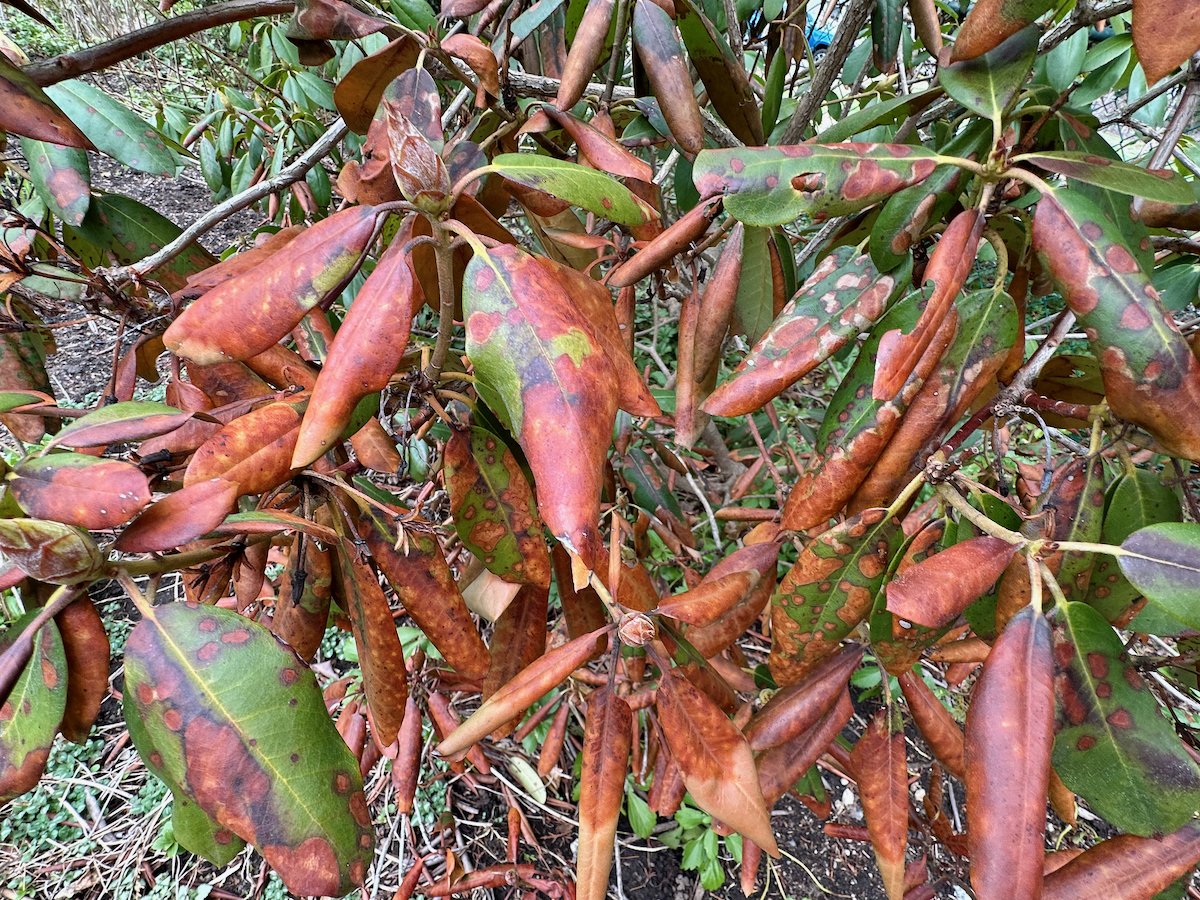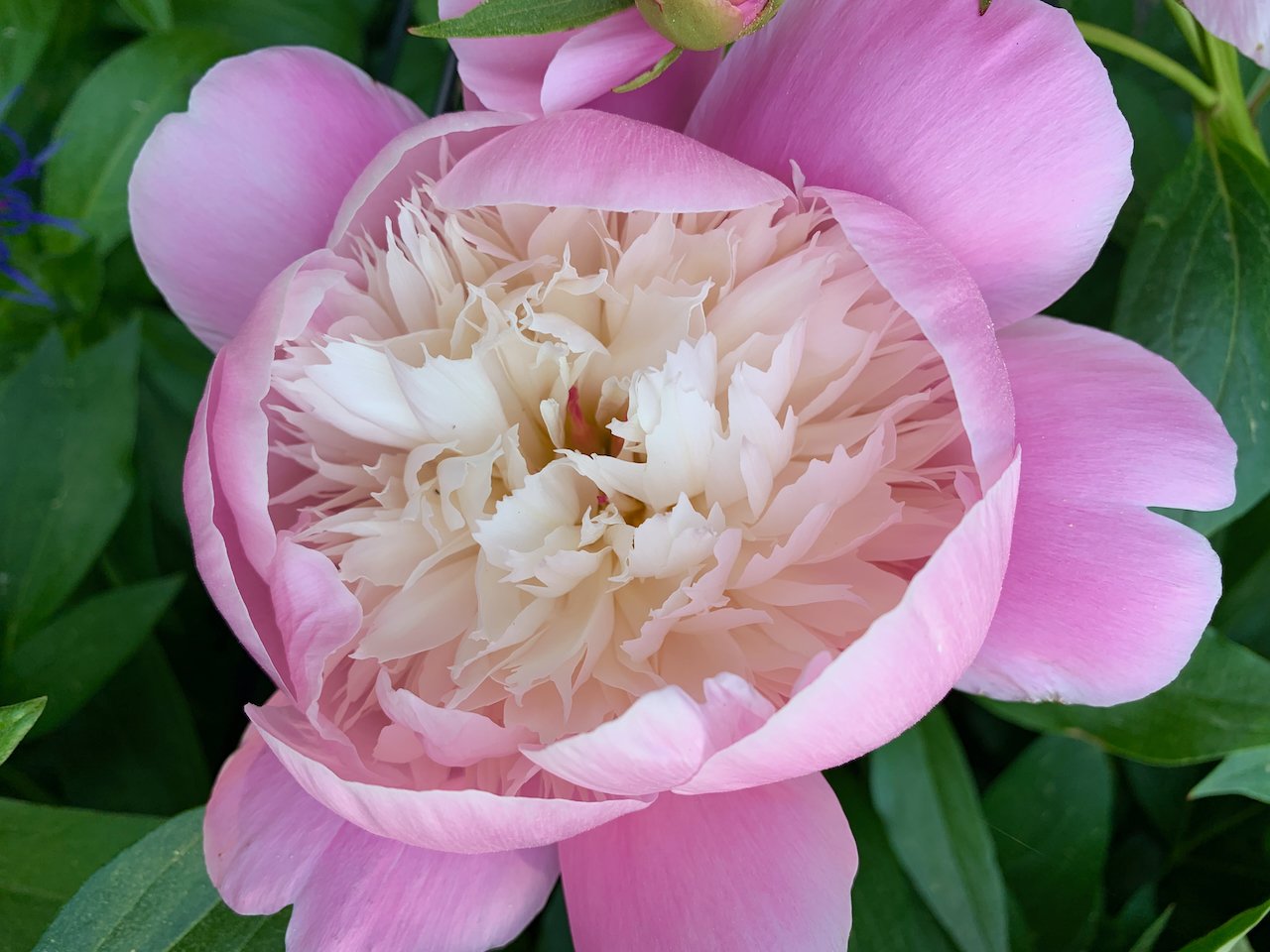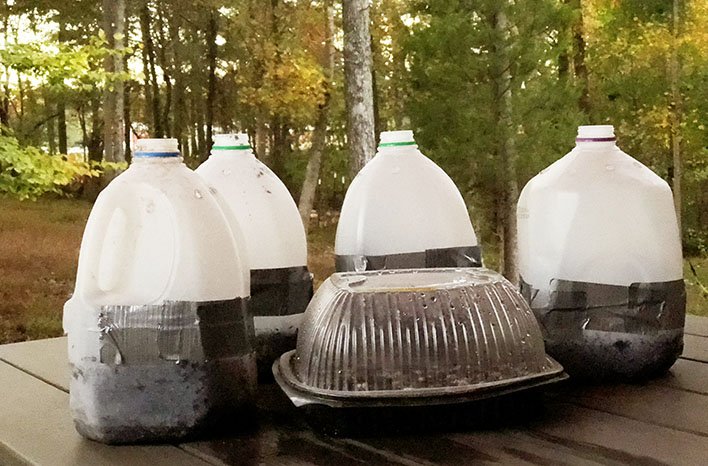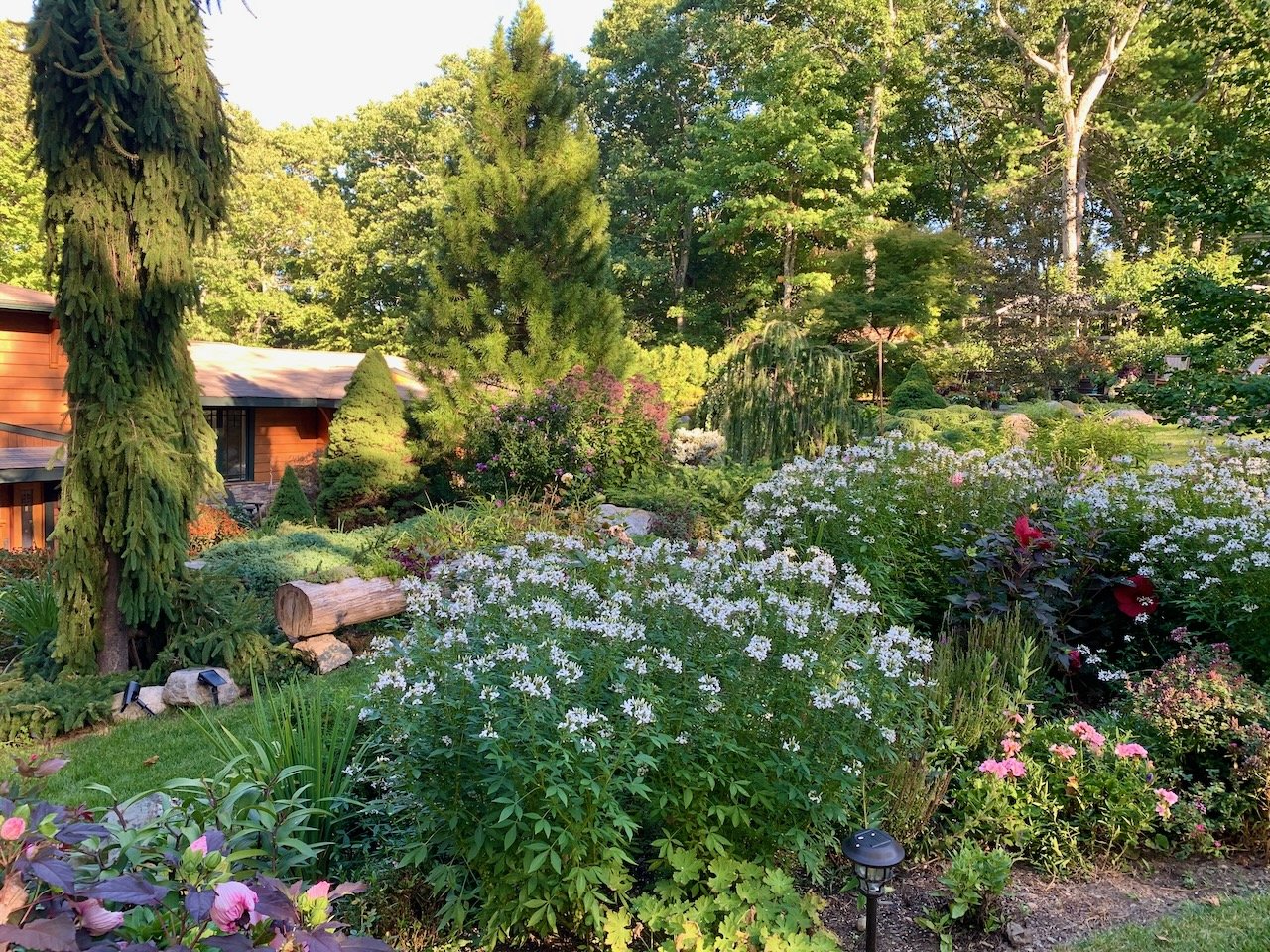Winter Pruning Tips
/By Jen Kettell |Radiant Leaf Consulting
There are those winter days when the air is so deeply cold that it nearly takes your breath away. On many winter days, though, the sky is a deep blue expanse around the bright sun, and the crisp air cleanses with each breath. On those days, I eagerly gear up in several warm layers and grab my coffee mug for the drive to share hands-on pruning lessons with my clients. Winter work in horticulture is very different from the growing-season madness. It’s quieter, strategic, and when it comes to pruning – more efficient.
Pruning, it has been said many times, is both an art and a science. This is likely why I fell in love with arboriculture and pruning techniques. Pruning is not simply cutting any branches any where to make a plant smaller. True pruning technique requires an artist’s eye to sculpt a woody plant (tree, shrub, or vine) into a beautiful form that maintains its natural, species-driven habit. It also requires a scientist’s understanding of plant biology and mechanics to increase its strength and guide future growth. Pruning is a necessary task in caring for our landscapes. Most importantly, skilled pruning increases the health and lifespan of our urban canopy - keeping us healthy!
Photo by Sara Maida
Getting started
Before beginning your next pruning project, take a moment to inspect your tools. By using a sharp pair of bypass pruners and a professional-grade pruning saw, you can easily and precisely prune away unwanted branches. Be sure to always wear safety glasses and gloves, too. (Stay safe by knowing your limits! Find a professional arborist here.)
By winter, deciduous trees and shrubs have shed their leaves to reveal their underlying architecture. Believe it or not, you should spend as much time looking and assessing as you do actively cutting branches. Think about what your goals are prior to making that first cut. Are there branches reaching over the driveway that need to be shortened? Does the plant only need some light shaping?
Next, start scouting for the kinds of branches you’ll consider removing. Prune away all dead branches any time of year, regardless of plant species. Dead branches don’t come back, and no longer serve your plants. Look for broken and crossing branches. From now through March, these branches are much easier to spot than when they are full of foliage. Stand back and look again. Things are looking better already! There’s much more to cover than a blog post allows, so please download my short guide here!
Photo by Sara Maida
Timing
I often hear great concern over the timing of pruning, especially about plants that set their flower buds on old wood (download a handy list here). As I’ve said many times before, I will go to my grave - hand pruners held high – hollering, “HOW you prune is more important than WHEN you prune!”
What?! Why, you ask?
The short answer…because pruning is pruning and hedging is hedging.
Through natural, selective pruning, we’re carefully selecting specific branches for removal; we are not giving a buzz cut. While we’ll certainly remove flower buds via the cut branches, we won’t have denuded the whole plant. So, if you’re contemplating that tiny lilac you planted just last year, maybe hold off on pruning until right after flowering. However, for that lilac that hasn’t seen a sharp saw in twenty years? Prune.It.Now
Are there plants that I never prune in winter? Absolutely! Here are a couple that come to mind: roses (Rosa spp.), big leaf hydrangeas (Hydrangea macrophylla), and dieback shrubs like Russian sage (Perovskia atriplicifolia).
Photo by Sara Maida
Practice
Pruning skills are only honed by practicing pruning—so bundle up! Sharpen those tools and start tackling your garden favorites. Once you get in the groove, I know you’ll catch pruning fever!
Join me for my next webinar hosted by the Massachusetts Horticultural Society: https://radiantleaf.com/thisseason
To learn more: Jen Kettell |Radiant Leaf Consulting Radiantleaf.com jen@radiantleaf.com
Photo by Sara Maida
You Might Also Like
















